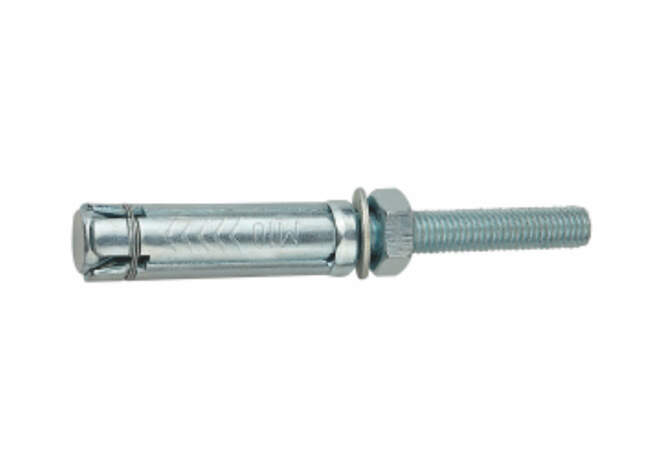Exploring the Different Types of Shield Anchors: A Comprehensive Guide
July 04,2023

Shield anchors are an integral component in construction and engineering projects where secure fixings are required. This article aims to provide a detailed overview of the different types of shield anchors available in the market, shedding light on their features, benefits, and applications.
1. Expansion Shield Anchors
- Overview: Expansion shield anchors, also known as rawl plugs, are widely used due to their versatility and reliability.
- Features: They consist of a sleeve, an expanding cone, and a nut. When the nut is tightened, the cone expands, creating a secure grip in the substrate.
- Applications: Expansion shield anchors are commonly used in concrete, brick, and masonry, making them suitable for various heavy-duty applications such as structural installations and suspended ceilings.
2. Screw/Bolt Shield Anchors
- Overview: Screw or bolt shield anchors are ideal for applications that require frequent disassembly or repositioning.
- Features: These anchors consist of an expanding shield with internal threads that allow for easy insertion and removal of fasteners.
- Applications: Screw or bolt shield anchors are commonly used in installations where temporary structures, furniture, or equipment need to be securely fixed. They are also suitable for attaching fixtures to drywall, wood, or other softer materials.
3. Undercut Shield Anchors
- Overview: Undercut shield anchors, also known as gathering anchors, offer exceptional load-bearing capabilities.
- Features: These anchors have a unique design that includes a cone-shaped body with external fins. As the anchor is pulled, the fins expand and cling tightly to the substrate, providing a secure grip.
- Applications: Undercut shield anchors are commonly used in heavy-duty applications, including structural steel connections, suspension systems, and overhead signs.
4. Sleeve Anchors
- Overview: Sleeve anchors are suitable for various substrates and are particularly well-suited for applications requiring a higher load capacity.
- Features: They consist of a metal sleeve, a cone-shaped nut, and a bolt. As the nut is tightened, the sleeve expands, engaging the surrounding material securely.
- Applications: Sleeve anchors are commonly used in materials such as concrete, brick, and block. They find applications in a wide range of projects, including machinery installation, handrails, and signage.
5. Bolt Shield Anchors
- Overview: Bolt shield anchors provide a reliable and efficient solution for heavy-duty applications.
- Features: These anchors consist of an expanding shield with an internal thread for easy insertion of bolts or threaded rods.
- Applications: Bolt shield anchors are commonly used in concrete, masonry, and brickwork. They are widely employed in structural and industrial projects, such as securing steel columns, heavy machinery, and pipe supports.
6. Hammer Drive Anchors
- Overview: Hammer drive anchors, or nail-in anchors, provide a quick and convenient solution for light to medium-duty applications.
- Features: These anchors consist of a metal body and a nail-like pin that is hammered into place.
- Applications: Hammer drive anchors are ideal for applications such as electrical boxes, conduit straps, and lightweight fixtures. They are commonly used in materials such as concrete, brick, and block.
Conclusion
Shield anchors offer a wide range of solutions, catering to various applications and substrates. Understanding the different types of shield anchors available in the market, their features, benefits, and applications, is crucial for ensuring reliable and secure fixings in construction and engineering projects. By considering factors such as load capacity, material compatibility, and installation requirements, professionals can choose the most suitable shield anchor for their particular needs, ensuring the success and longevity of their projects.